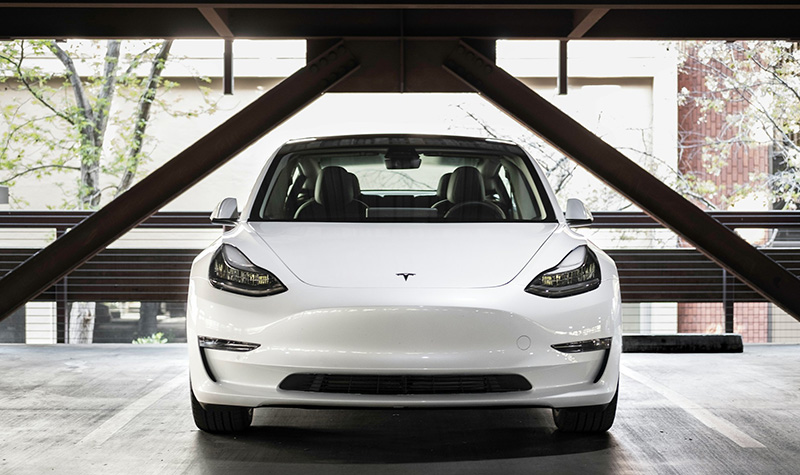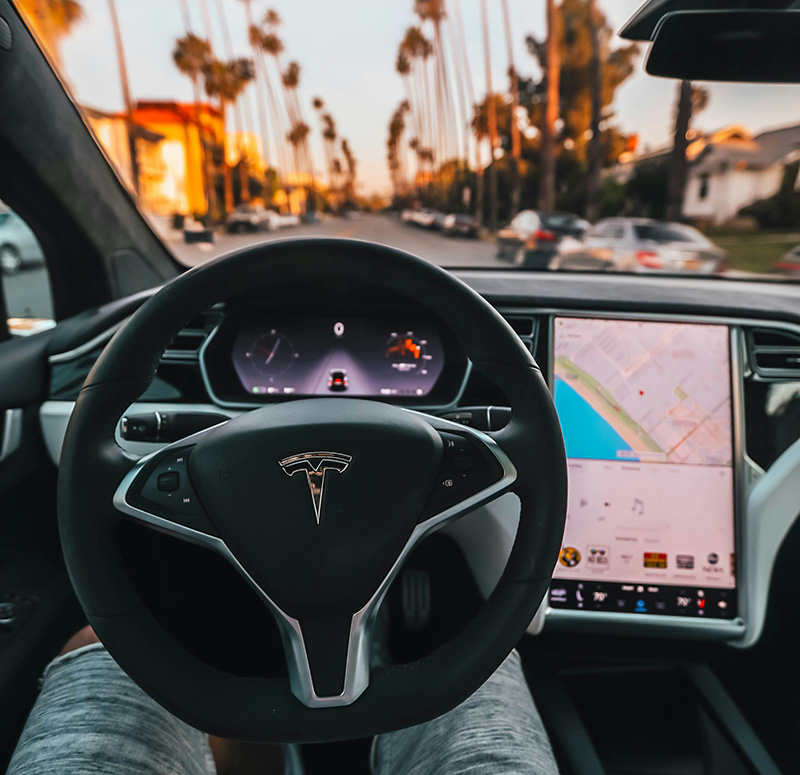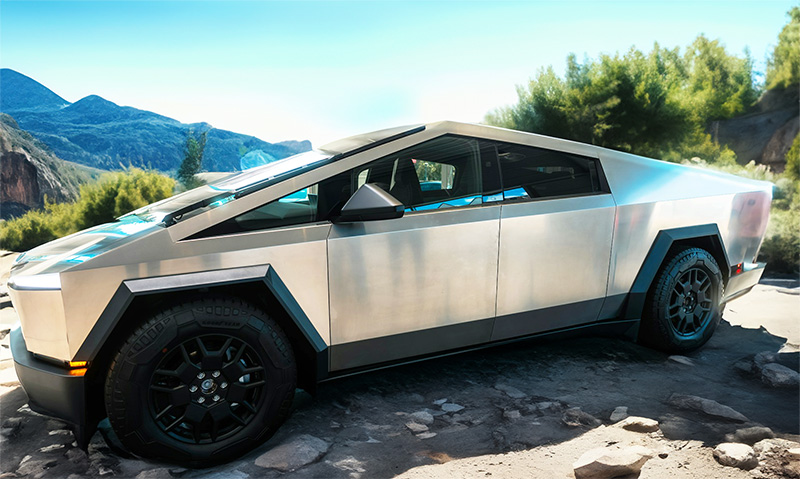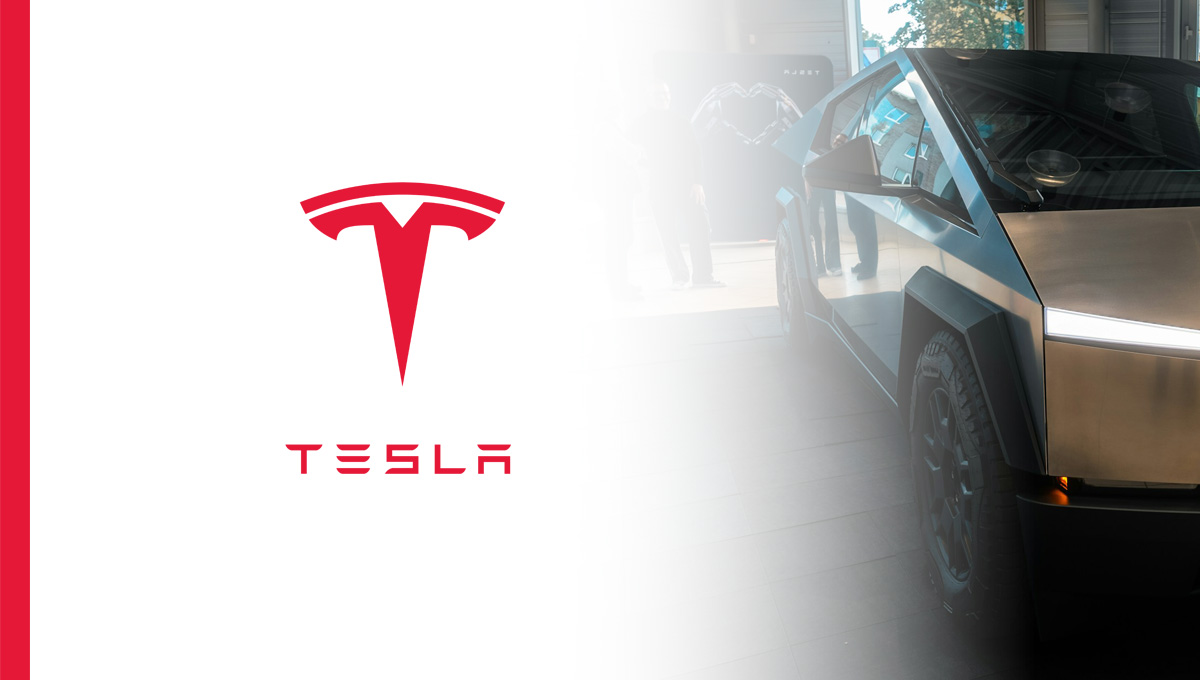Exploring Tesla’s brand strategy reveals the multi-faceted approaches that have allowed it to dominate the electric vehicle market and continue thriving. This article delves into the critical elements of Tesla’s brand strategy that have kept it at the forefront of innovation and consumer loyalty.
Key Takeaways on Tesla’s Brand Strategy
- Strong Brand Identity: Tesla’s modern aesthetic and sustainability-focused mission deeply resonate with tech-savvy and eco-conscious consumers.
- Innovative Product Line: Tesla’s electric vehicles and software integration keep products updated and enhance the driving experience.
- Customer-Centric Experience: Tesla’s direct sales model and community engagement create loyalty through personalized customer interactions.
- Unique Marketing Strategy: Tesla relies on word-of-mouth promotion and Elon Musk’s social media presence to build visibility without traditional ads.
- Sustainability Focus: Tesla’s commitment to eco-friendly practices and renewable energy solutions strengthens its leadership in sustainability.
- Continuous Innovation and Future Vision: Tesla stays ahead by investing in R&D, focusing on autonomous driving, battery improvements, and new models.
Strong Brand Identity
The strong brand identity of Tesla [TSLA] is one of the key pillars of its success. From its logo to its overarching message, Tesla’s identity resonates deeply with consumers, reinforcing its image as a forward-thinking, innovative brand.
Simplistic and Modern Aesthetic
Tesla’s branding is known for its sleek and modern aesthetic, symbolizing innovation, minimalism, and elegance. This design philosophy appeals to tech-savvy consumers who value sophistication and functionality.
- Streamlined logo: Tesla’s iconic logo creates instant recognition and symbolizes motion and efficiency, embodying the brand’s futuristic ethos. The sleek, minimalistic design is aimed at establishing a connection with its tech-focused audience.
- Use of clean lines: The bold typography reinforces a modern and innovative image, communicating clarity and direction. Tesla’s design aesthetic aligns with its technology-driven mission.
- Color schemes: Emphasizing sleek metallics and whites gives an upscale feel that differentiates Tesla from competitors, helping convey a premium and futuristic brand image.
Mission-Driven Approach
Tesla’s mission—“to accelerate the world’s transition to sustainable energy”—defines its brand and sets it apart from traditional automakers. This mission permeates every aspect of Tesla’s operations and brand strategy.
- Defines Tesla’s brand: Tesla’s mission-driven focus has become integral to its identity, influencing product designs and consumer interactions. Tesla’s focus on sustainability has garnered the loyalty of environmentally-conscious consumers.
- Creates an emotional connection: By promoting sustainability, Tesla attracts consumers who share similar values. Through these values, consumers find a reason beyond quality to become repeat customers, as emphasized by the company’s outstanding brand loyalty.
- Encourages brand advocacy: Tesla’s mission drives customers to become brand advocates, often promoting the brand organically within their social circles.

Innovative Product Line
Tesla is not only an automaker but a technology company that integrates cutting-edge advancements in its product lineup. This focus on innovation drives consumer excitement and brand loyalty.
Electric Vehicles
Tesla is recognized globally for its electric vehicles (EVs), which are praised for their impressive range, performance, and technology.
- Reduced emissions: Tesla’s EVs help reduce air pollution and contribute to a lower carbon footprint, aligning with global sustainability goals.
- Cost efficiency: Tesla EVs offer long-term cost savings through reduced fuel and maintenance costs, making them more economical over time.
- High performance: Tesla EVs are known for their instant torque, smooth acceleration, and often outperform gas-powered vehicles in terms of speed and handling.
Software Integration
A key differentiator for Tesla is its over-the-air software updates, which keep vehicles at the cutting edge of technology.
- Continuous enhancements: Tesla regularly updates its cars with new software features, improving the driving experience without the need for dealership visits.
- Extended vehicle lifecycle: With regular updates, Tesla extends the functional lifespan of its vehicles, maintaining consumer engagement and increasing the overall value of ownership.
- Improved user experience: Tesla’s commitment to customer satisfaction through software updates demonstrates its dedication to continuously enhancing the driving experience.

Customer-Centric Experience
Tesla’s commitment to delivering a superior customer experience is apparent throughout the purchasing and ownership journey, ensuring high customer satisfaction and loyalty.
Direct Sales Model
Tesla bypasses traditional dealerships by selling directly to consumers through its website and Tesla-owned stores.
- Tailored buying experience: This model allows Tesla to create a personalized experience for customers, enhancing satisfaction.
- Streamlined communication: The direct sales approach minimizes misunderstandings and offers clear expectations, eliminating the pressure commonly associated with car buying.
- Transparent pricing strategies: Tesla’s straightforward pricing structure builds trust among customers, as it eliminates negotiation-based stress.
Active Community Engagement
Tesla engages with its community through various channels, building a passionate customer base that contributes to brand advocacy and innovation.
- Customer feedback: Tesla encourages feedback from its community, which helps shape product updates and new offerings.
- Sense of belonging: Tesla’s events and social media interactions create a strong sense of community among its customers, fostering loyalty and advocacy.
- Continuous adaptation: Tesla actively listens to its community, adjusting its offerings to reflect their needs and desires, ensuring the brand stays relevant.
Innovative Marketing Strategy
Tesla’s marketing strategy stands out for its minimal use of traditional advertising, instead relying on word-of-mouth and social media presence to promote its brand.
Word-of-Mouth Promotion
Tesla’s loyal customers play a significant role in promoting the brand through organic, word-of-mouth recommendations.
- Spontaneous recommendations: Tesla owners frequently share their positive experiences with potential customers, making organic growth a crucial part of its marketing strategy.
- Positive testimonials: Customer testimonials on social media platforms further bolster Tesla’s credibility and influence purchasing decisions.
- Engaging storytelling: Real-life experiences shared by customers help potential buyers connect with Tesla on a personal level, enhancing trust and relatability.
Strategic Use of Social Media
Elon Musk’s personal engagement on platforms like X (formerly Twitter) plays a pivotal role in amplifying Tesla’s reach. His direct communication and candid updates foster an authentic connection with followers, keeping Tesla’s audience engaged.
- Direct communication style: Musk’s informal and direct style resonates with fans, humanizing the brand and establishing a more personal connection.
- Real-time product updates: Musk’s social media activity builds excitement and anticipation around Tesla’s innovations and product launches.
- Influence on trends: His tweets often go viral, impacting public opinion and Tesla’s stock prices, showcasing the power of social media engagement.
Focus on Sustainability
Tesla’s unwavering commitment to sustainability is a core element of its brand image, appealing to environmentally-conscious consumers and setting a new standard in the automotive industry.
Eco-Friendly Practices
Tesla prioritizes sustainability through every facet of its operations, from production to product use, aligning with global efforts to combat climate change.
- Utilizing recyclable materials: Tesla’s focus on using recyclable components in its vehicles significantly reduces the environmental impact of its manufacturing processes.
- Reducing waste: The company streamlines its production processes to minimize waste, aligning with its goal to promote sustainability.
- Energy-efficient practices: Tesla uses renewable energy sources, including solar, in its Gigafactories, further reducing its carbon footprint.
Contribution to Energy Solutions
Tesla goes beyond cars by offering holistic energy solutions that complement its mission to accelerate the world’s transition to sustainable energy.
- Solar energy products: Tesla’s solar panels and solar roofs help consumers harness clean energy, contributing to a more sustainable future.
- Battery technology: Tesla’s Powerwall battery systems store energy efficiently, offering backup power and energy independence.
- Grid support: Tesla’s Megapack systems also assist in stabilizing the energy grid, notably in the US and Australia, helping communities transition to renewable energy solutions.

Future Vision
Tesla’s forward-thinking strategy ensures its leadership in the ever-evolving automotive and energy landscapes.
Continuous Innovation
Tesla’s heavy investment in research and development keeps it ahead of competitors, especially in key areas like autonomous driving and battery technology.
- Autonomous driving advancements: Tesla continues to lead in self-driving technology, regularly updating and expanding the service area its Full Self-Driving software to improve vehicle autonomy.
- Battery performance: Tesla invests in improving battery efficiency, longevity, and charging speeds, which are crucial to its vehicles’ appeal.
- Model diversification: Tesla is expanding its lineup to include more vehicles, such as the Cybertruck and Tesla Semi, to cater to different market segments.
Expanding Market Presence
Tesla’s global reach continues to grow as it expands into new regions, ensuring its products and services are adapted to meet local market demands.
- Regional adaptations: The company customizes its offerings based on regional consumer preferences and regulatory requirements, ensuring Tesla’s relevance in different markets around the world.
- Strategic partnerships: In collaboration with local suppliers and distributors, Tesla strengths its supply chain and service capabilities in new markets.
- Global growth opportunities: By keeping a close watch on market trends and emerging technologies, Tesla identifies and seizes growth opportunities to remain ahead of the competition.
Tesla’s brand strategy, focused on innovation, customer experience, and sustainability, is a powerful example for businesses looking to build strong, future-ready brands. Its commitment to continuous improvement and community engagement has cemented Tesla’s place as a leader in the automotive and energy industries, offering lessons for companies across sectors on how to maintain relevance and inspire consumer loyalty.






![Top 1200 UK Companies [FTSE All-Share + FTSE AIM All-Share] – Excel Download](http://store.disfold.com/wp-content/uploads/sites/11/2024/05/top-1200-uk-companies-ftseallshare-aimallshare-small.jpg)
![Top 500 Australian Companies [All Ordinaries] – Excel Download](http://store.disfold.com/wp-content/uploads/sites/11/2021/04/top-500-australian-companies-allordinaries-small.jpg)